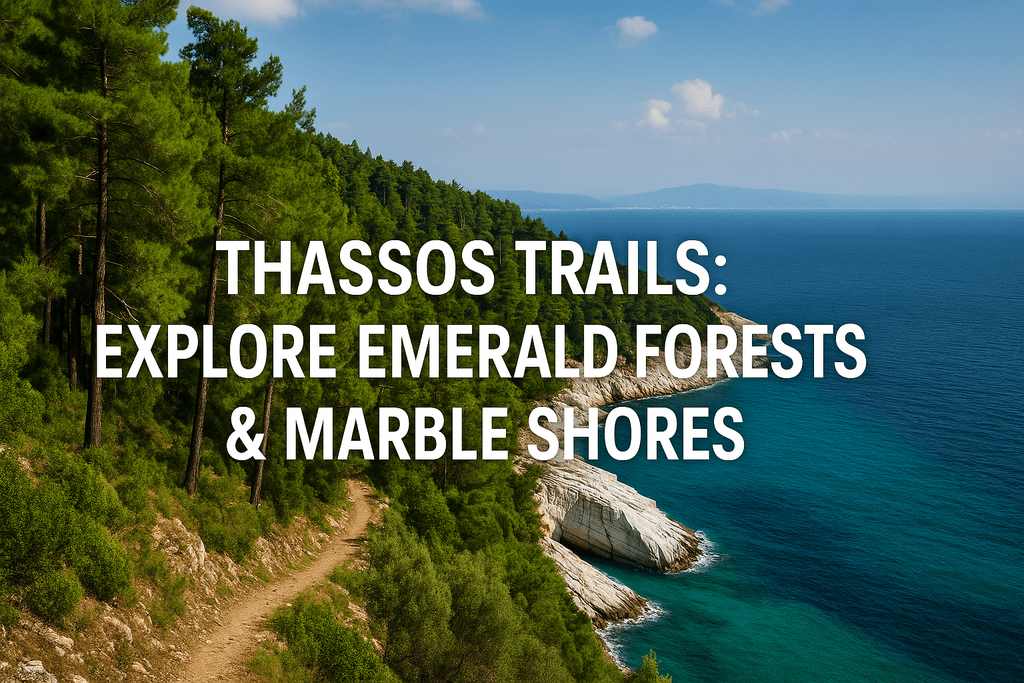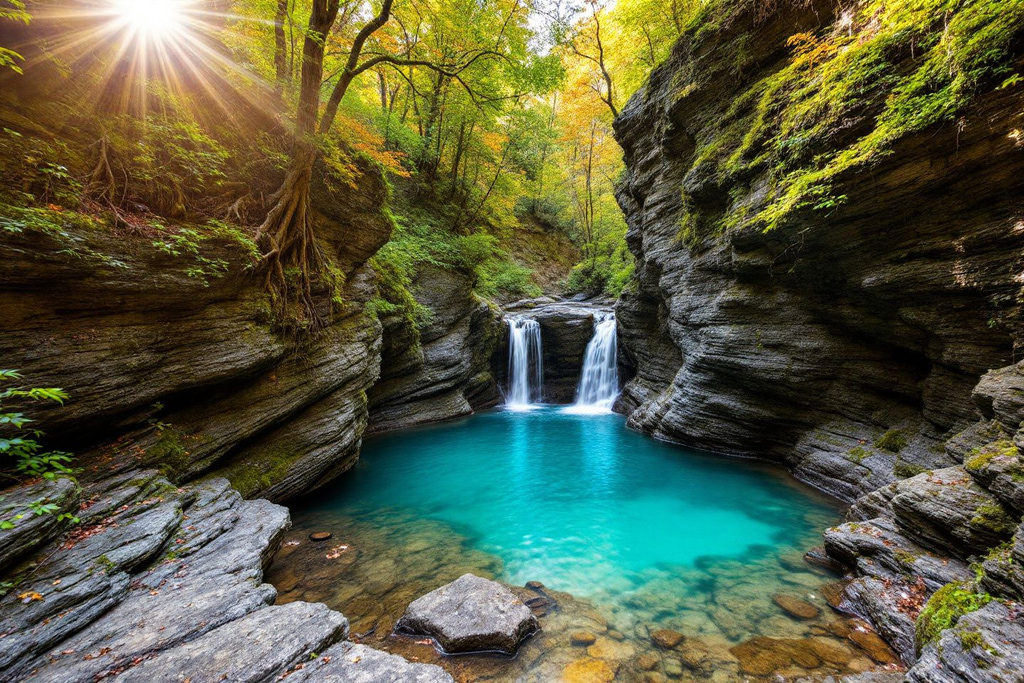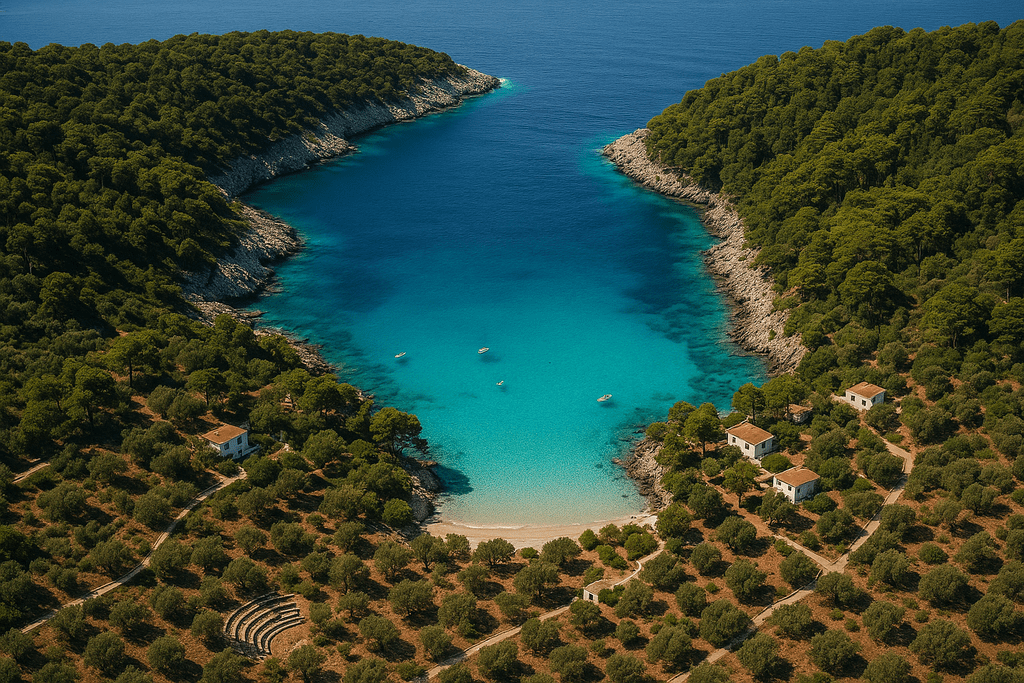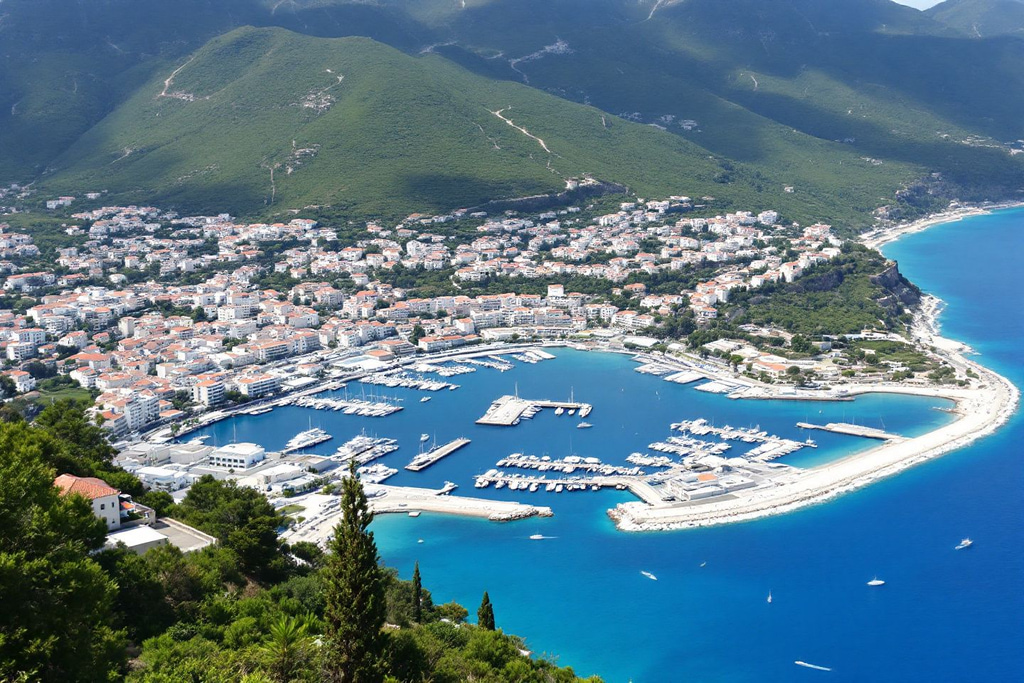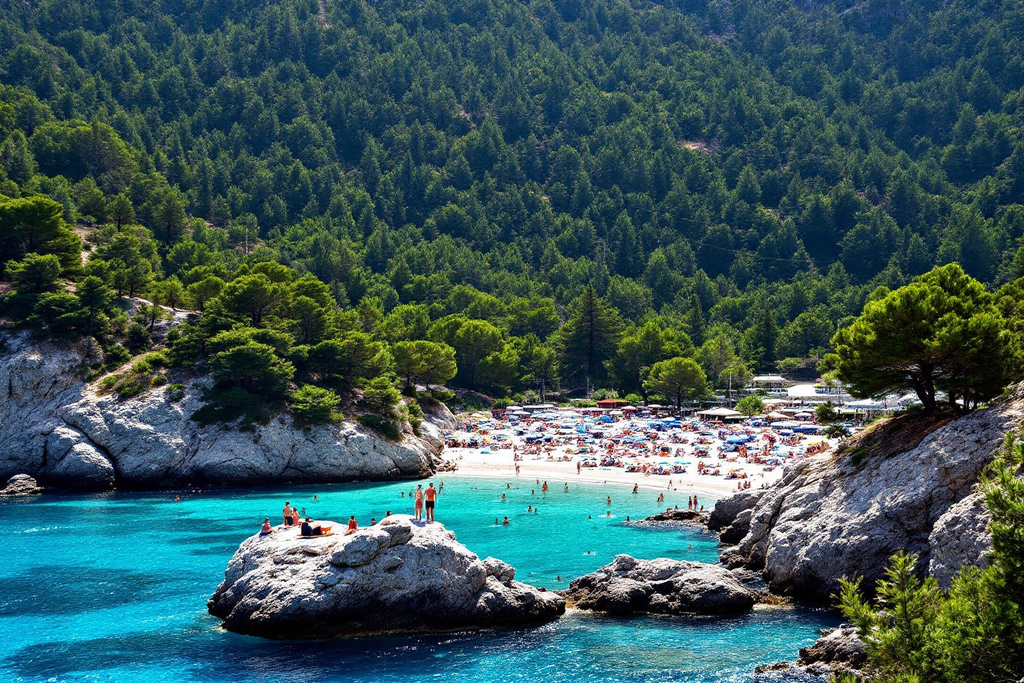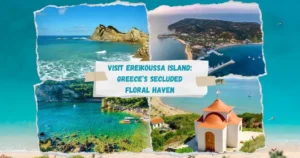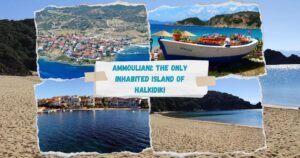Thassos Trails: Explore Emerald Forests & Marble Shores
There’s a moment, about ten minutes into a Thassos trail, when the world shifts. You notice it quietly—how the trees breathe, how the path crunches underfoot in a rhythm that feels ancient. The sun dances differently through the canopy here. There’s this almost awkward beauty to it, like nature didn’t mean to be so stunning but just… is.
That’s the kind of island Thassos is. Not the loud, flashy kind that screams for your attention. More the one you end up thinking about weeks after you’ve left, wondering why it still lives rent-free in your mind.
A Forest That Hums
Walking through Thassos’s inland trails feels a little like reading a book that doesn’t rush to get to the point. It meanders. Lingers. Pines and olive trees share space with chestnut groves, and wild herbs pop up as if someone sprinkled them for effect. You catch hints of oregano, thyme, even mint, and maybe it’s in your head but it smells greener here. More alive.
There’s no one kind of trail. Some start in villages that feel like time forgot them—stone houses, crooked paths, cats perched like statues in doorways. Others dive straight into the green, barely marked, as if daring you to get a little lost. I got sort-of-lost once near a spring above Panagia, and it turned out to be the best part of the day. Found a quiet patch shaded by plane trees, sat there listening to water trickle over rocks. No agenda. No notifications.
Climbing the Quiet Giant
Mount Ipsarion isn’t Everest, but it earns its respect. If you decide to climb it, pack humility—and water. It starts gently enough from Potamia or Theologos, winding past old chapels and whispering forests, but it has a way of reminding you that beauty can be demanding. The summit, when you get there, feels like the island pulled back its curtain just for you. Everything stretches out: the sea in every direction, tiny villages dotting the hills, and if you’re lucky, a breeze that makes you feel like you’ve earned something.
There’s something quietly sacred about the place. Not in a churchy way, but in the way your breath catches when everything aligns—your effort, the view, the silence.
Marble Shores That Gleam Like Daydreams
Then there’s the coast. And this is where Thassos flips the script. The island is known for its marble—not just in quarries or ruins, but in its actual beaches. Take Saliara, for example. The shore looks photoshopped: blinding white pebbles under electric blue water. It’s disorienting at first, like someone turned the saturation too high, but it grows on you.
The water here isn’t just clear—it’s absurdly clear. You see your toes, the sand patterns, the fish gliding past like they own the place (which, let’s be honest, they do). You swim, float, drift. The sea feels like a pause button.
Some beaches you hike to. Some, like Marble Beach, involve bouncing along a rough road until you wonder if the car will make it. Others, like Aliki, are wrapped in history—ruins right there on the shore, marble blocks lounging in shallow water like they forgot their purpose centuries ago.
Detours and Daydreams
Not every hike here is about the destination. Sometimes it’s just about movement. Or stopping. Or watching goats do whatever philosophical thing goats are always doing. I once followed a trail that led to what was essentially a fig tree and a view. Nothing else. And it felt… complete. Like the island knew I didn’t need more that day.
There’s this trail from Theologos that locals barely mention. It winds past an abandoned village—Kastri, I think it’s called. Ghost-like stone walls swallowed by green, paths overgrown but still there, if you look closely. I remember touching the stones and wondering who last lived there. What their mornings smelled like. If they paused, like I did, to listen to the forest.
Human Time
Thassos doesn’t care about your schedule. It moves at the pace of cicadas and old men playing backgammon in village squares. You start to adjust. You forget to check the time. You hike a bit slower. You take detours just because.
I met a couple from Austria on one of the trails. They’d been coming to Thassos every summer for 12 years. Never stayed in the same village twice. “The trails are different each time,” the woman said. “Or maybe we are.” That stuck with me.
Leaving (But Not Really)
When you leave Thassos, you don’t really leave. You bring bits of it back. A pine cone in your pack. Marble dust on your sandals. A camera roll full of green and blue. And something less tangible—like your breath got a bit deeper, your thoughts a little quieter.
It’s not just a place for vacation. It’s a place that reorients you. Reminds you that walking through forests and swimming in clear water is not a luxury. It’s a kind of remembering.
And maybe that’s why people come back. Not to tick it off a list, but to feel it again. To walk until the world slows down and something stirs in you, just a little. Something that says: yes, this is what it means to be alive.
Thassos doesn’t shout. It waits. And if you’re lucky—or just willing—you’ll hear what it’s been saying all along.

